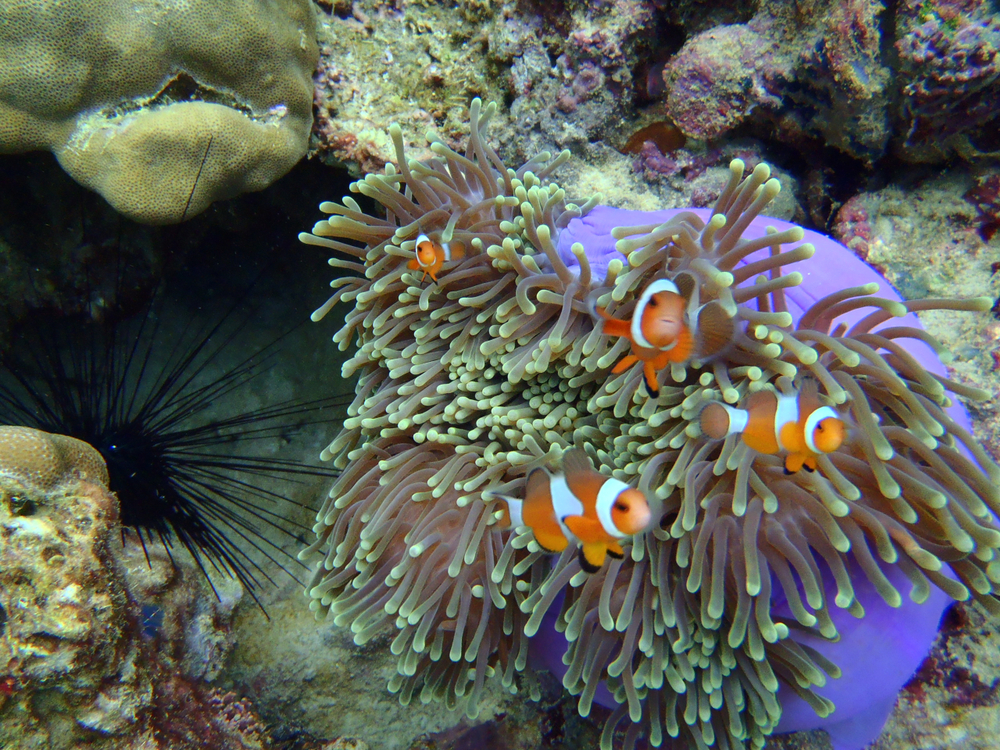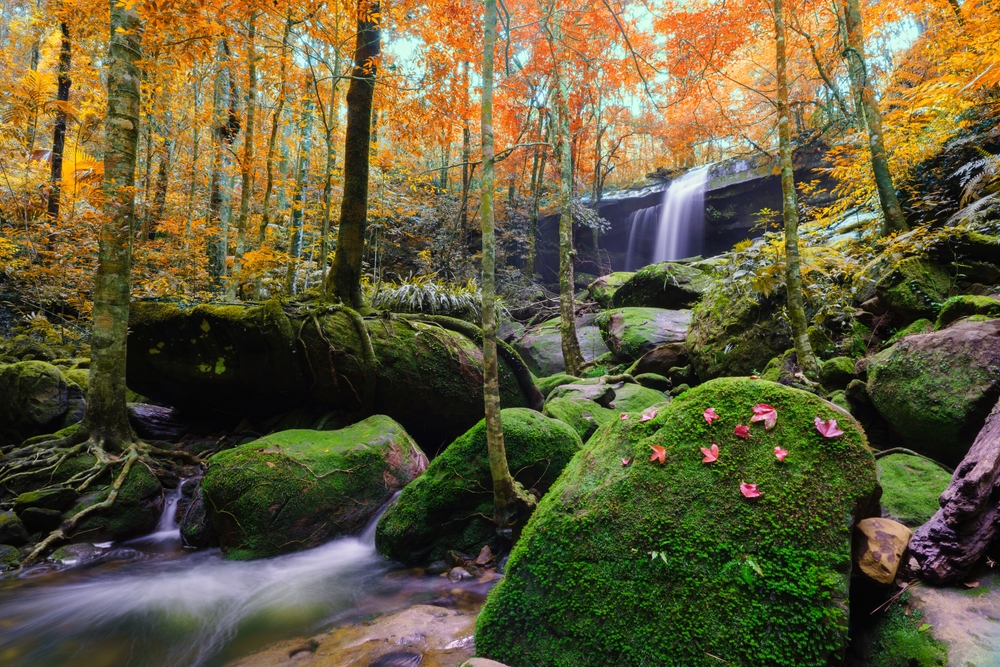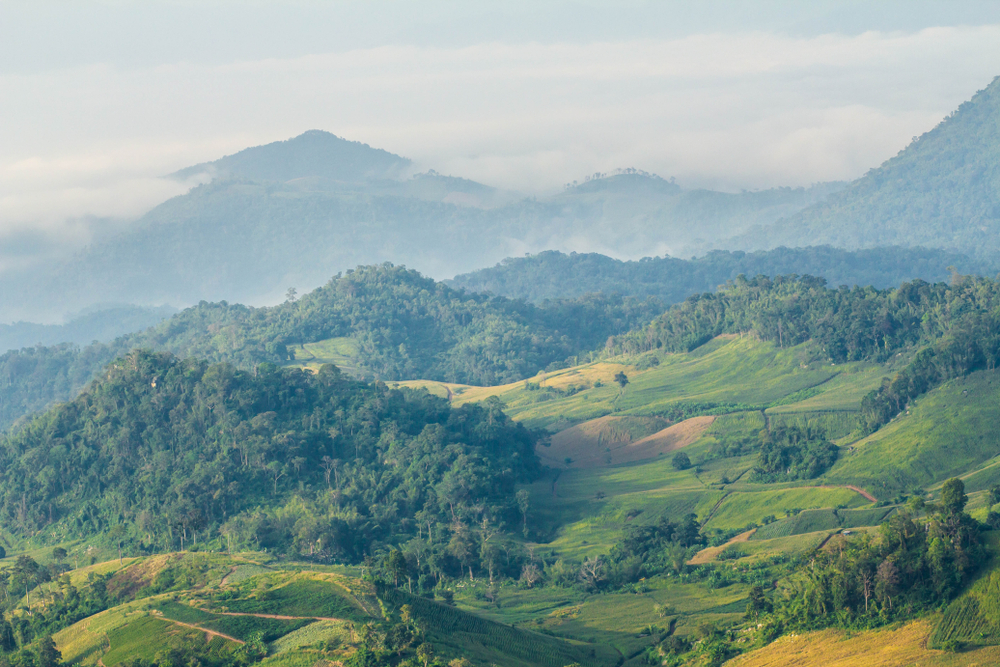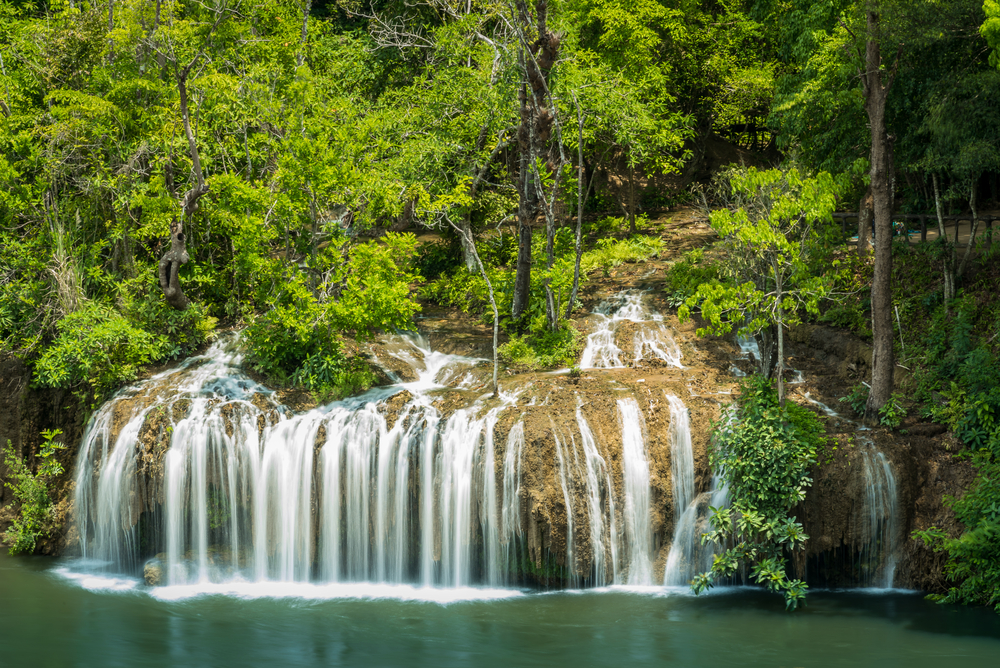Tarutao National Marine Park Overview
Tarutao National Marine Park, known locally as “อุทยานแห่งชาติหมู่เกาะตะรุเตา” (Utthayan Haeng Chat Mu Ko Tarutao), is a breathtaking natural treasure located in the Andaman Sea in southern Thailand, near the border with Malaysia.
Spanning an area of approximately 931 square kilometers (approximately 359 square miles), this marine national park comprises 51 islands and is celebrated for its pristine beaches, lush tropical forests, and diverse marine ecosystems. Established in 1974, Tarutao National Park is part of the Satun Geopark, recognized as a UNESCO Global Geopark for its outstanding geological and ecological significance.
The park’s terrain is a stunning blend of limestone cliffs, rugged mountains, and dense rainforest. Its most prominent island, Ko Tarutao, features the towering To Bu Mountain, which rises to an elevation of 708 meters (2,323 feet). The island is also home to cascading waterfalls like Lu Du Waterfall, accessible through verdant jungle trails.
Other notable islands include Ko Adang, renowned for its coral reefs and vibrant marine life, and Ko Lipe, often called the “Maldives of Thailand” for its turquoise waters and powdery white sand beaches. The landscapes range from mangrove forests and seagrass beds to rocky coastlines and sandy shores, each providing a unique habitat for a variety of flora and fauna.
Tarutao National Marine Park is a haven for wildlife enthusiasts. On land, visitors may encounter crab-eating macaques, monitor lizards, and flying lemurs. Birdwatchers can delight in spotting species such as hornbills, kingfishers, and white-bellied sea eagles. The park’s waters are equally rich in biodiversity, hosting a vibrant array of marine creatures, including clownfish, parrotfish, and sea turtles. The surrounding coral reefs teem with life, making the park a prime destination for snorkeling and diving.
Visitors to Tarutao National Marine Park are drawn to its unspoiled beauty and tranquility. Activities such as kayaking through mangrove forests, trekking to secluded waterfalls, and stargazing on deserted beaches offer immersive ways to connect with nature. The underwater world is equally captivating, with snorkeling and diving adventures revealing a kaleidoscope of coral gardens and marine species.
The park also holds historical significance, as Ko Tarutao once served as a penal colony during the mid-20th century. Visitors can explore remnants of this era, including old prison ruins and interpretive trails that tell the story of the island’s past.
Tarutao National Marine Park faces conservation challenges, including illegal fishing and the impacts of climate change on its coral reefs. However, effective management and community engagement have led to significant successes, such as the recovery of sea turtle populations and improved coral reef health through sustainable tourism initiatives. The park remains a shining example of Thailand’s commitment to preserving its natural heritage for future generations.


















































































